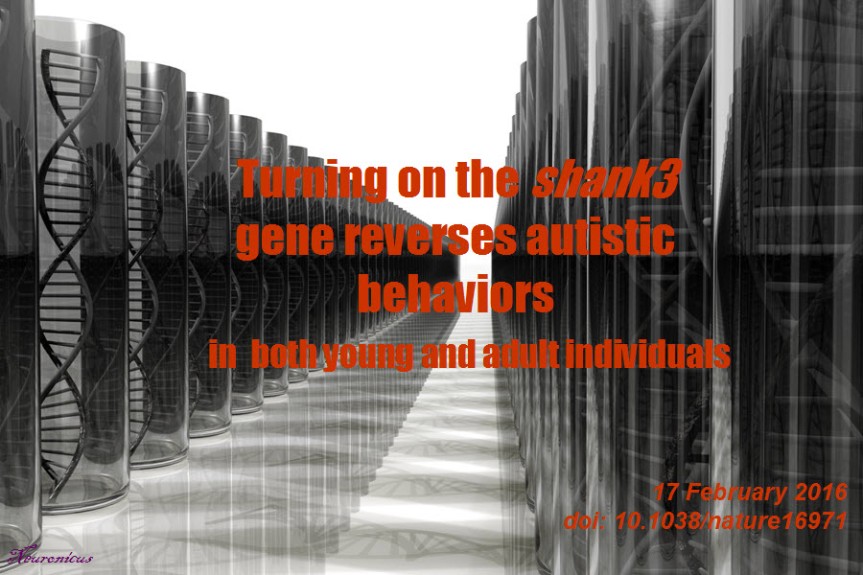 A few weeks ago I was drawing attention to the fact that some children diagnosed with ADHD do not have attention deficits. Instead, a natural propensity for seeking more stimulation may have led to overdiagnosing and overmedicating these kids.
A few weeks ago I was drawing attention to the fact that some children diagnosed with ADHD do not have attention deficits. Instead, a natural propensity for seeking more stimulation may have led to overdiagnosing and overmedicating these kids.
Another reason for the dramatic increase in ADHD diagnosis over the past couple of decades may stem in the increasingly age-inappropriate demands that we place on children. Namely, children in the same grade can be as much as 1 year apart in chronological age, but at these young ages 1 year means quite a lot in terms of cognitive and behavioral development. So if we put a standard of expectations based on how the older children behave, then the younger children in the same grade would fall short of these standards simply because they are too immature to live up to them.
So what does the data say? Two studies, Morrow et al. (2012) and Chen et al. (2016) checked to see if the younger children in a given grade are more likely to be diagnosed with ADHD and/or medicated. The first study was conducted in almost 1 million Canadian children, aged 6-12 years and the second investigated almost 400,000 Taiwanese children, aged 4-17 years.
In Canada, the cut-off for starting school in Dec. 31. Which means that in the first grade, a child born in January is almost a year older that a child born in December. Morrow et al. (2012) concluded that the children born in December were significantly more likely to receive a diagnosis of ADHD than those born in January (30% more likely for boys and 70% for girls). Moreover, the children born in December were more likely to be given an ADHD medication prescription (41% more likely for boys and 77% for girls).
In Taiwan, the cut-off date for starting school in August 31. Similar to the Canadian study, Chen et al. (2016) found that the children born in August were more likely to be diagnosed with ADHD and receive ADHD medication than the children born in September.
Now let’s be clear on one thing: ADHD is no trivial matter. It is a real disorder. It’s an incredibly debilitating disease for both children and their parents. Impulsivity, inattention and hyperactivity are the hallmarks of almost every activity the child engages in, leading to very poor school performance (the majority cannot get a college degree) and hard family life, plus a lifetime of stigma that brings its own “gifts” such as marginalization, loneliness, depression, anxiety, poor eating habits, etc.
The data presented above favors the “immaturity hypothesis” which posits that the behaviors expected out of some children cannot be performed not because something is wrong with them, but because they are simply too immature to be able to perform those behaviors. That does not mean that every child diagnosed with ADHD will just grow out of it; the researchers just point to the fact that ignoring the chronological age of the child coupled with prematurely entering a highly stressful and demanding system as school might lead to ADHD overdiagnosis.
Bottom line: ignoring the chronological age of the child might explain some of increase in prevalence of ADHD by overdiagnostication (in US alone, the rise is from 6% of children diagnosed with ADHD in 2000 to 11-15% in 2015).
References:
- Morrow RL, Garland EJ, Wright JM, Maclure M, Taylor S, & Dormuth CR. (17 Apr 2012, Epub 5 Mar 2012). Influence of relative age on diagnosis and treatment of attention-deficit/hyperactivity disorder in children. Canadian Medical Association Journal, 184 (7), 755-762, doi: 10.1503/cmaj.111619. Article | FREE PDF
- Chen M-H, Lan W-H, Bai Y-M, Huang K-L, Su T-P, Tsai S-J, Li C-T, Lin W-C, Chang W-H, & Pan T-L, Chen T-J, & Hsu J-W. (10 Mar 2016). Influence of Relative Age on Diagnosis and Treatment of Attention-Deficit Hyperactivity Disorder in Taiwanese Children. The Journal of Pediatrics [Epub ahead print]. DOI: http://dx.doi.org/10.1016/j.jpeds.2016.02.012 Article | FREE PDF
By Neuronicus, 14 March 2016



